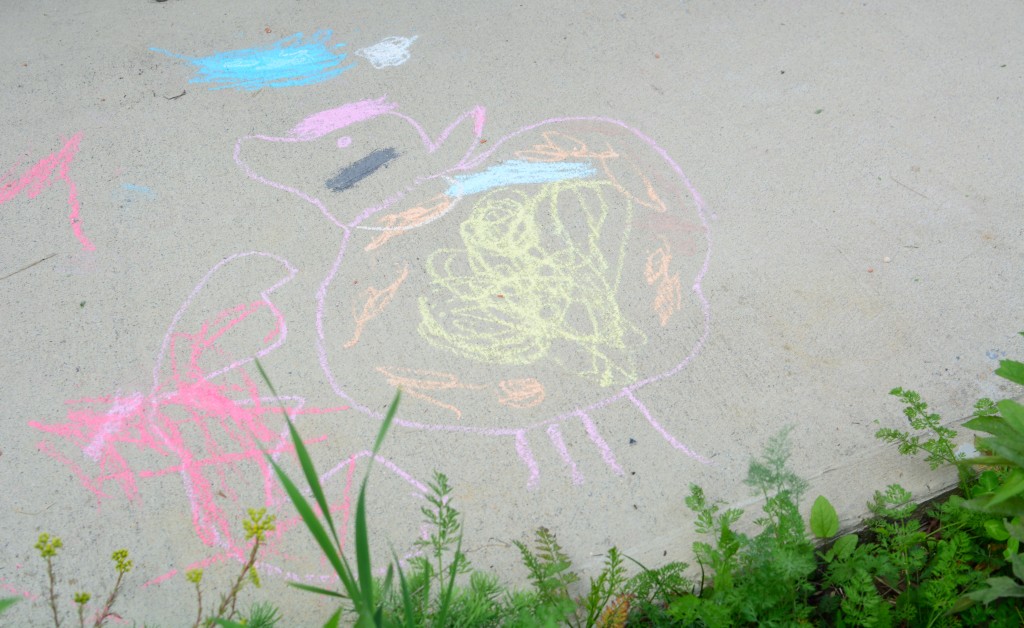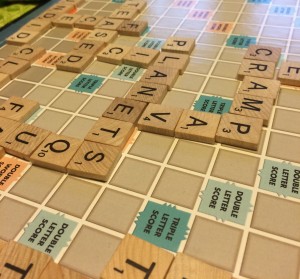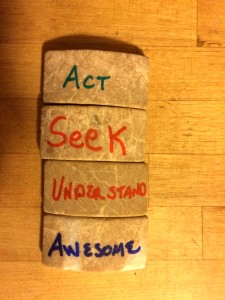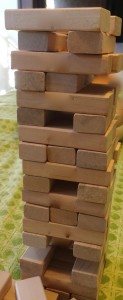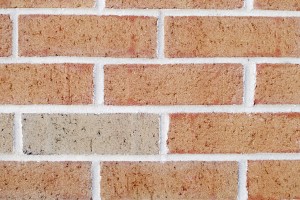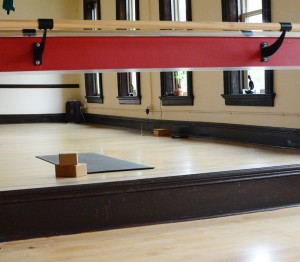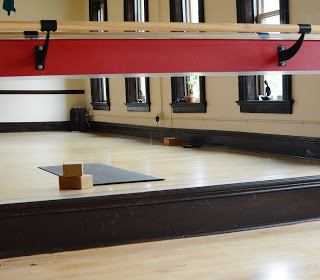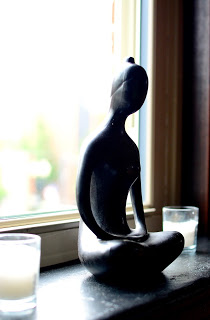Exercise. A word that can stir up the worst case of “shoulds”. Because we know we should, because we want to be healthy, because we want to loose weight, because we feel like it is something we should do for what ever reason, and that is the problem. We listen to other people’s reasons and we don’t know what our reasons are. I place exercise in the same category as saving money and eating a reasonable diet. A causal browse of a book store or the Internet will net you tons of advice about what to eat, how to save money and exercise, so much so that in all the noise we forget to listen to the one voice that matters: our own.
Finding a form of exercise that we enjoy, that remains challenging, and that we can do consistently is of vital importance for individuals that have ADHD. We have to move. We are the pacers, the doodlers, the kids that spin, climb, and try just about anything that is physically challenging and jacks up our adrenalin and endorphins. Run a marathon? Fifty mile bike ride? Climb a mountain? We are into it. We are also the people that will just stop an exercise program when we get bored and because most people with ADD/ADHD have the attention span of a goldfish on cocaine, this it happens frequently.
People with ADHD also struggle with their minds wandering, coping with thousands of thoughts rushing through our minds every day. Exercise is a way to wear your body out in order to quiet your mind. I wrote a post about focus and risk here , about how martial arts training helped with my focus. The part I left out is how much easier it is to calm your mind when your body is tired.
Meditation is terrific for most people, but for people with ADD/ADHD it feels impossible. Finding a form of exercise that exhausts your body will make it easier to quiet your mind.
Here are ten steps to finding a form of exercise that works for you.Take your time and go through the list. It may seem like a lot of steps, but answering the questions will help you choose wisely, and find a form of exercise that works for you and fits into your life.
1. Make a list of physical actions you like to do, such as dancing, swimming, walking, running, team sports, biking, lifting weights, jogging, hiking, or climbing. Choose two that you like to do the most and mark them in someway.
2. Where do you like to spend your time? Outside or indoors? If you live some place where your ability to be outside will be limited by the weather, keep this in mind.
3. Do you like to exercise alone or with others?
4. Are you competitive? Do you like to play against other people?
5. Do you have any injuries or physical limitations? Many exercise programs can be adapted to accommodate physical limitations, so do not let this limit your thinking, just write it down.
6. Look at your list from question one. Investigate the options for pursing what you like to do. Make a list of all the options available. List the costs (outfits, equipment, shoes, etc.) for your top two choices from question one.
7. How much do you want/have to invest in your exercise program? Having a budget will help avoid impulse spending and signing up for gym memberships that go unused. Only join a gym if you already know exactly what you are going to do at the gym and when you are going to do it.
8. Really look at your schedule. Make a list of times that you could exercise, taking into consideration your energy flow and reality. If you are not a morning person, do not think that getting up at five in the morning to exercise will really happen, be realistic and do not set yourself up to fail. If you don’t have a planner, or are struggling with time management check out my post here.
9. If it has been over a year since you have been to see your health care provider, go and get a check up. This is really important for people over fifty. Please read the Mayo Clinic’s advice for when you need to have a check-up before you start an exercise program here .
10. Do it. Just start. It can be really hard to find a way to start but the rewards are worth it. Do not compare yourself with anyone else, do the best you can and be kind to yourself.
Use these questions to find what works for you, if your first attempts do not work, check out your options and expect that at times of major life changes (babies, small children, caring for older parents), or if you have an illness or injury you will get off track or may have to find another way to exercise. When that happens go through the list again, take as much time as you need, to find what works for you.



